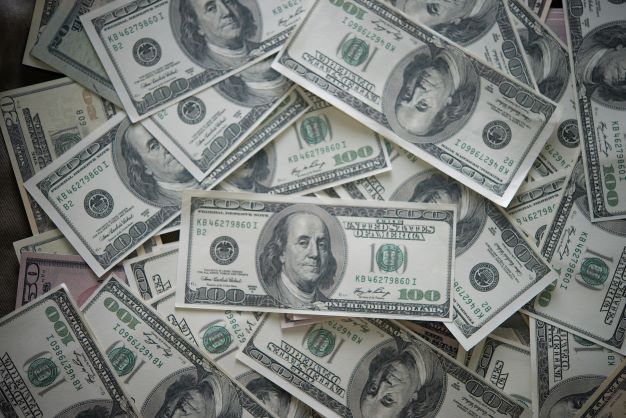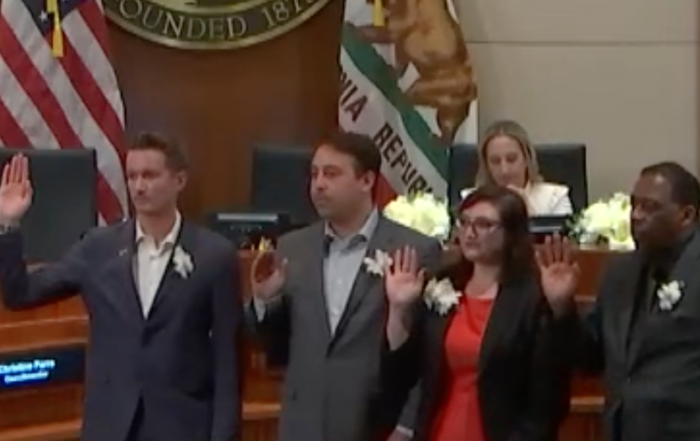Due in part to “ballot-box budgeting,” Governor Gavin Newsom will be somewhat limited in how he can spend the state’s budget surplus, a number for which was confirmed with the budget’s annual May revision to be about $52 billion.
So, what are some of these rules, and how are they affecting his proposed allocations of the substantial revenue surplus the state enjoys?
- Proposition 4 (1979) – Established the “State Allocations Limit,” (SAL) also known as the “Gann Limit” for the Initiative’s conservative sponsor, Paul Gann. The Limit says that if California exceeds a certain tax revenue in two consecutive years, the state must split the surplus between some form of rebates to taxpayers and school funding.
- Proposition 98 (1988) – In response to the Gann Limit, the education community pressed this Initiative, which established that the State’s annual general fund spending must dedicate at least 40 percent to K-14 education (Kindergarten through Community College). Some would argue that 40 percent floor ultimately became a ceiling.
- Proposition 2 (2014) – This initiative was a bit more complex, and included the following four items:
- It required 1.5 percent of general fund revenue – and an equal amount of revenue from capital gains taxes when such revenues topped 8 percent of general fund revenues – to be placed into a Budget Stabilization Fund (BSA)
- It mandated that between the 2015-2016 fiscal year and the 2029-2030 fiscal year, half of all revenue that would have otherwise been deposited into the BSA be used to pay down debt and other obligations carried by the state
- Granted the legislature power to reduce deposits to the BSA if the governor declares a budget emergency
- Created a new Public School Stabilization Account
With these rules in mind, let’s first consider what Governor Newsom and the state ended up with in reserves. According to the State Legislative Analyst’s Office (LAO), under the revised May budget (“May Revise”), the governor had the following:
- $27.6 Billion in General Purpose Reserves, which includes $23.3 Billion in the BSA, another $3.4 Billion in something called the Special Fund for Economic Uncertainties (SFEU), and another $900 Million in a Safety Net Reserve
- $9.5 Billion in reserves of the Proposition 98 Fund
In terms of proposed spending, and again according to data estimates from the LAO, “the Governor had a $52 billion surplus to allocate in the 2022‑23 May Revision, an increase of $23 billion over the $29 billion surplus we estimated was available in January.” And according to the LAO, the governor has proposed the following:
- $32 Billion in one-time spending on programs, or about 60 percent of the general fund surplus
- $3 Billion to the SFEU
- $12 Billion in tax refunds and revenue reduction. This includes a Newsom proposal to send $400 to every registered car owner for relief at the pump
- $2 Billion to pay off debt and state liabilities
The LAO is warning Newsom and the legislature that while numbers look good now, a pending recession and projections for future budgets may not be bright. They are warning the SAL is at issue for several reasons.
“While the administration meets the SAL requirements across the prior and current year, the Governor leaves $3.4 Billion in unaddressed SAL requirements in 2022-2023. Moreover, we estimate the state would face an additional SAL requirement of over $20 Billion in 2023-2024,” the LAO says in their May 16 Initial Comments Memo on the May Revise. It continues, “The Governor’s May Revision does not have a plan to address this roughly $25 Billion requirement. As a result, the state would very likely face a significant budget problem next year, which could require reductions to programs.”
Stay with Westside Voice for updates.
Stay informed. Sign up for The Westside Voice Newsletter
By clicking submit, you agree to share your email address with Westside Voice. We do not sell or share your information with anyone.








